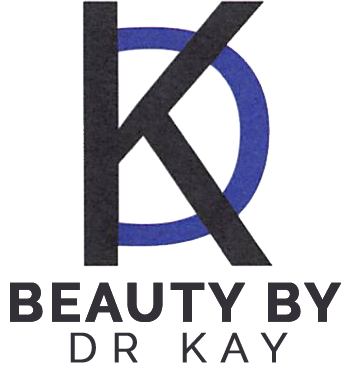Retinol is one of those ingredients everyone talks about—and for good reason. It smooths fine lines, boosts collagen, clears pores, and leaves skin glowing. Dermatologists love it, beauty editors swear by it, and chances are, it is already on your bathroom shelf.
But here is something you do not hear about often: if you push too hard with retinol, your skin cells can get tired. Instead of looking fresh, your skin can end up red, flaky, or dull. The trick is not to avoid retinol—it is to use it wisely so your skin cells stay energized, not exhausted.
What Do We Mean by “Cell Exhaustion”?
Your skin cells are like little workers. They build collagen, repair damage, and renew your skin barrier. To do all this, they run on energy, mostly in the form of ATP. ATP, or adenosine triphosphate, is the molecule that powers nearly every process in your body. You can think of it like a battery charge or a fuel tank for your cells. When the battery is full, your skin cells stay healthy, smooth, and resilient. When it runs low, cells can slip into a state called cellular senescence.
That is a fancy way of saying the cells stop doing their jobs. They stop making collagen, stop renewing quickly, and even release “bad signals” that can irritate the cells around them. On the surface, you see dullness, fine lines, slow healing, and sometimes irritation.
It is kind of like running a team of employees too hard without giving them a break. At first, productivity spikes. But eventually, they burn out, morale drops, and the whole system slows down. Your skin cells are the same.
Where Retinol Fits In
Retinol is amazing for keeping skin youthful. It speeds up turnover and wakes up fibroblasts—the cells that make collagen. But if you go too fast or too strong with it, you risk overwhelming your skin. That is when you get peeling, redness, or that tight, dry feeling. It is not that retinol is bad—it is that your skin needs time to adjust.
How to Use Retinol Without Burning Out Your Cells
Start slow: Two to three nights a week is plenty at first.
Use it at night: Retinol makes skin more sensitive to the sun, so apply before bed.
Buffer with moisturizer: Layering a cream on top keeps irritation down.
Do not skip SPF: Your new skin cells need protection in the morning.
Giving Your Cells Extra Support
Retinol works best when your skin is healthy and supported. Hydrating ingredients like hyaluronic acid and ceramides keep your barrier strong. Antioxidants like vitamin C shield new cells from damage. And your lifestyle matters more than you think—sleep, stress levels, and what you eat all affect how much energy your cells have to work with.
In-office treatments can also recharge tired skin. Regenerative options such as polynucleotides act like messengers that tell cells to repair themselves. Biostimulators encourage fibroblasts to get back to making collagen. These treatments help restore balance so your skin looks refreshed, not overworked.
Easy Tips to Keep Skin Balanced
Introduce retinol gradually and listen to your skin.
Keep your barrier happy with hydration.
Add antioxidants to protect your fresh new cells.
Get enough sleep and manage stress to keep cells energized.
Eat colorful, nutrient-rich foods that fuel repair.
Ask your provider about regenerative treatments if your skin feels like it needs more support.
The Takeaway
Cell exhaustion is real, but it does not have to happen to you. Retinol is one of the best tools we have for graceful aging, as long as it is used in balance. Think of it as training your skin—you want steady progress, not burnout. By pacing yourself and giving your skin the right support, you will keep your cells working for you, not against you. That means healthier skin now and better aging in the long run.


